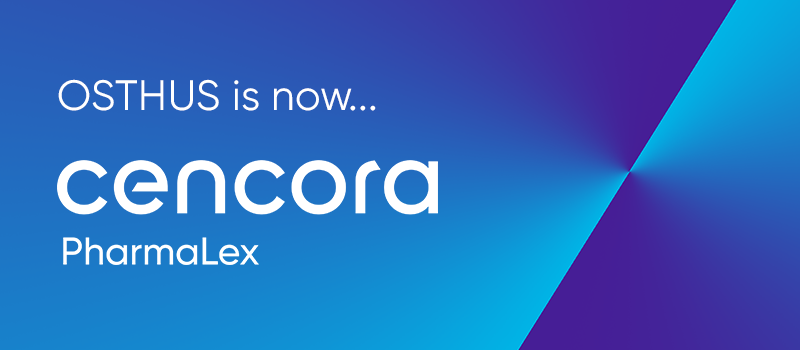A case study conducted with one of the top 20 pharmaceutical companies worldwide.
The Goal: Increase research efficiency by use of uniform scientific nomenclatures across the entire research process and build a FAIR foundation towards future Data Governance and Knowledge Management activities
